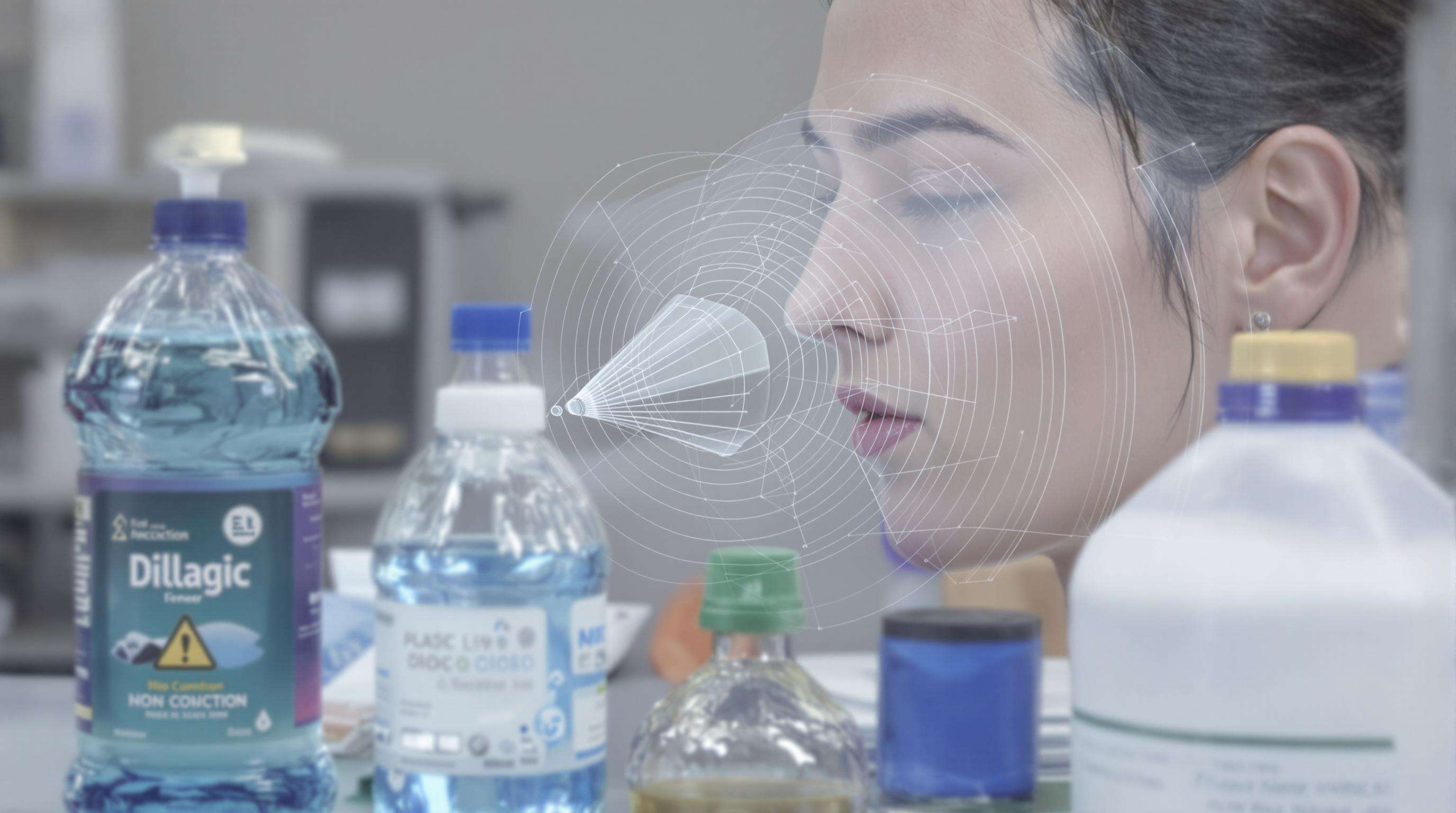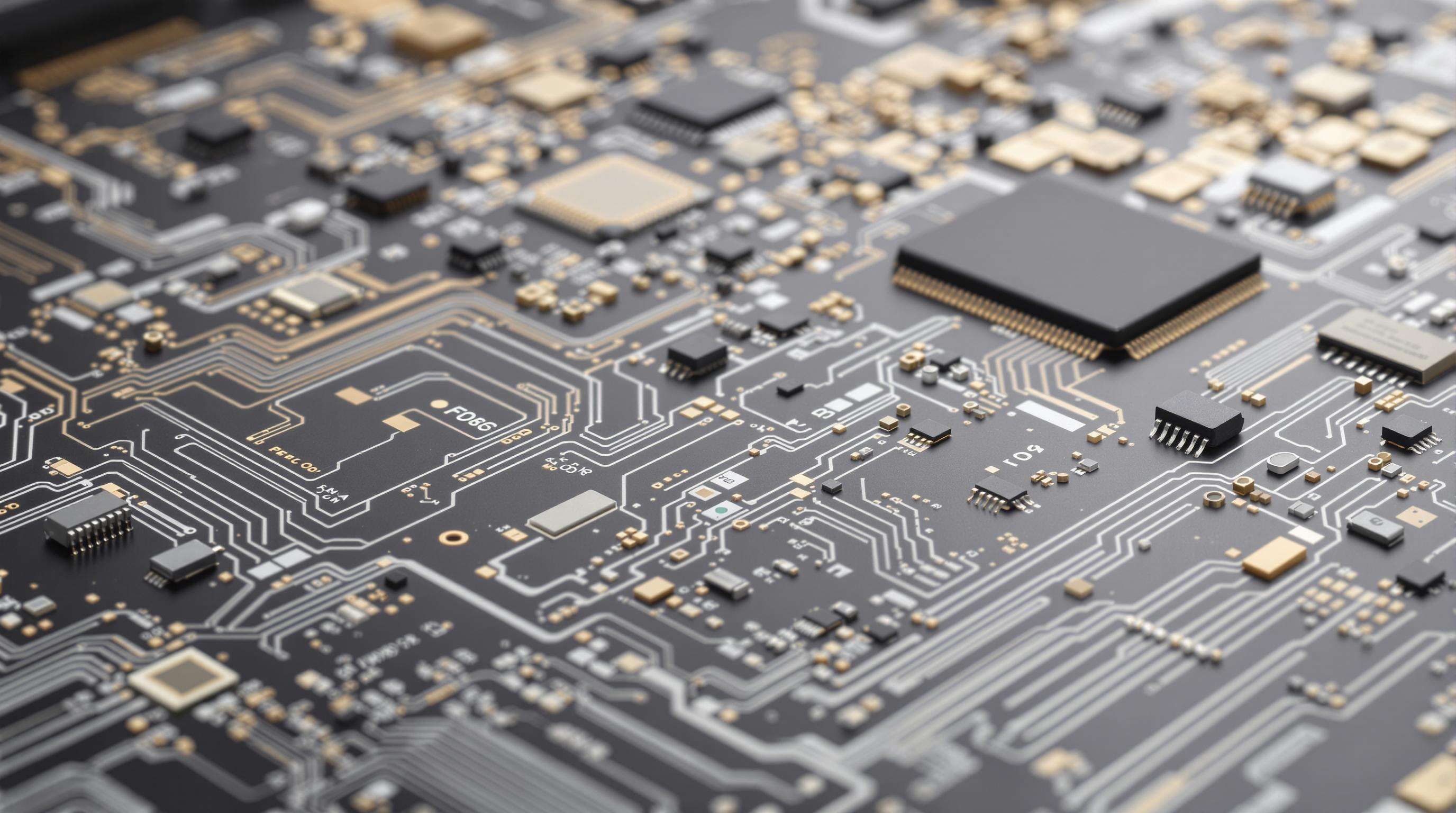Capacitive Proximity Sensor Customization Tips for Eco-Smart OEMs
Understanding Capacitive Proximity Sensor Fundamentals

How Capacitive Proximity Sensors Work in Modern Applications
Capacitive proximity sensors work by watching for changes in capacitance when something gets close enough to affect their electromagnetic field. Basically, they function like open capacitors with the sensor face acting as one plate and whatever comes near serving as the second plate. The moment an object steps into range, this setup causes a shift in capacitance that makes the AC oscillator circuit inside change frequencies. What happens next is pretty straightforward: this frequency shift gets turned into a usable output signal that tells equipment what's going on around it. These sensors really shine where other types fall short, especially with stuff like plastic parts or liquid levels since traditional inductive sensors just can't pick those up properly. We see them all over manufacturing plants for things like keeping track of how much liquid sits in storage tanks or making sure products are correctly positioned along assembly lines. Even better, they work great through glass or plastic containers without needing physical contact, which saves wear and tear on both machinery and materials being monitored.
Key Components Driving Efficiency in Eco-Smart Designs
Efficiency and sustainability are enhanced through four core components:
- Low-power ICs: Reduce energy consumption by over 35% while managing oscillation and signal processing
- Optimized sensing electrodes: Gold-plated copper with geometric tuning to minimize false triggers
- Polymer housings: Made from recyclable, chemically resistant materials for durability
- Self-diagnostic circuits: Detect calibration drift early, reducing unplanned maintenance
This integration ensures robust performance in demanding environments while supporting eco-design goals. Lower power demands directly contribute to reduced operational carbon footprints, aligning with manufacturers' sustainability targets.
Differentiating Capacitive from Other Proximity Sensing Technologies
| Sensor Type | Detection Capabilities | Material Limitations | Ideal Use Cases |
|---|---|---|---|
| Capacitive | Metals, plastics, liquids, powders | Conductive contaminants | Tank-level sensing, plastic part detection |
| Inductive | Ferrous/non-ferrous metals only | Non-metals fail | Assembly-line metal positioning |
| Photoelectric | Opaque/reflective surfaces | Transparent objects, fog/dust | Long-range object counting |
Inductive sensors can only find metal objects, but capacitive ones work with all sorts of stuff like wood, powder, even liquids. Photoelectric sensors do have longer reach, sure, but dust gets all over them, fog messes with their signals, and bright lights just confuse them completely. The good news is capacitive sensors keep working reliably even in tough environments as long as they're protected right. That's why many modern systems that need to sense different materials without touching anything at all rely on these types of sensors. They just make sense for applications where reliability matters more than distance.
Key Technological Advancements Enhancing Capacitive Proximity Sensor Customization

Integration of Low-Power ICs for Energy-Efficient Sensor Designs
Capacitive sensors today can cut standby power consumption down by around 80-85% thanks to these new low power integrated circuits. The special purpose circuits allow them to enter super low power sleep modes sometimes as little as 0.1 microamps but still wake up instantly when needed something really important for those battery operated IoT gadgets we see everywhere now. According to some research from last year, buildings using these kinds of sensors actually save about a third of their yearly energy costs. Manufacturers concerned about environmental impact find this particularly useful since it lets them comply with upcoming EU regulations for product efficiency without having to compromise on how well the sensors work. Most models maintain good detection distances too, typically covering up to around 40 millimeters which is pretty impressive considering the power savings involved.
Advancements in Self-Calibrating Sensor Algorithms
The new self calibrating algorithms keep things accurate within about 2% even when temperatures swing from -40 degrees Celsius all the way up to 85 degrees. They do this through built in machine learning models that constantly analyze what's going on around them. No more running out to adjust settings manually in those tough industrial environments. A recent look at reliability data from 2024 showed these sensors last almost 40% longer between breakdowns in car factories than the old ones did. This matters a lot for robotic assembly lines where different materials come through and demand constant tweaking of the system parameters throughout production runs.
Flexible Substrates and Their Impact on Sensor Form Factors
Flexible substrates made from polyimide let sensors bend all the way around without losing their signal strength. This makes them work great on curved surfaces like kitchen appliances or those health tracking bands people wear these days. When manufacturers mix conductive inks with regular PCB methods in what's called hybrid printing, they actually save quite a bit on making prototypes for unusual shapes. Some companies report savings around two thirds of what they would normally spend. The real advantage comes when these bendy sensors go into places where traditional rigid ones just wouldn't fit. Think about medical devices that need to be sealed against bodily fluids, or farming equipment that gets constantly wet from dew or rainwater. These are areas where older sensor technology simply couldn't handle the conditions.
Industry Trends Driving Demand for Smart, Sustainable Sensor Solutions
Rise of Energy-Aware Sensors in Eco-Smart OEM Products
The push for sustainability is changing what gets priority in design circles these days. According to GreenTech Advisors from 2025, around 7 out of 10 original equipment manufacturers are going for capacitive sensors that save power. We're seeing things like sleep currents below 2 microamps and housing materials that can actually be recycled becoming must-have items on development lists. The Sensor Sustainability Review for 2025 showed something interesting too. When food processing plants switch to solar powered versions of these sensors, they cut down on wasted energy by about 19 percent each year. That kind of real world savings makes all the difference for operations looking to trim costs while still meeting environmental goals.
Predictive Maintenance Enabled by Intelligent Capacitive Sensing
Advanced capacitive sensors detect submillimeter changes in material properties, enabling maintenance teams to intervene 42% earlier than with inductive sensors. By continuously monitoring dielectric constant shifts, they provide real-time alerts to facility dashboards, preventing an average of 8.3 hours of monthly downtime per production line in automotive plants.
Embedded Sensing in Consumer Electronics and Appliances
Consumer electronics drive 64% of capacitive sensor innovation, with market analysts projecting 28% annual growth in invisible touch controls for kitchen appliances. Ultra-thin designs (<0.8 mm) allow seamless integration behind ceramic cooktops and smart mirrors, satisfying minimalist design trends while delivering ±0.05 mm detection accuracy.
Customization Strategies for Optimal Capacitive Proximity Sensor Performance
Tailoring Sensitivity and Range for Specific Material Detection
The dielectric characteristics of materials have a big impact on how sensors perform, which means getting the calibration right is absolutely essential. Take plastics for example they generally need about 40 percent more sensitivity compared to metals because they conduct electricity so much less effectively. When fine tuning these systems, engineers typically mess around with electrode shapes and tweak the firmware settings. They also adjust something called hysteresis to stop the sensor from bouncing between on and off states when conditions change rapidly. These kinds of adjustments really pay off in practical situations. We've seen cases where this kind of focused optimization cuts down on false alarms by roughly 15% in food packaging lines handling things like cereal grains or liquid products.
Environmental Compensation in Humid or Variable Operating Conditions
One big problem that still needs solving is humidity related drift issues. When these sensors absorb moisture, their detection range can vary by about plus or minus 12%, according to recent findings from LinkedIn's North America Capacitive Proximity Sensors Market Report back in 2024. To combat this issue, newer sensor models now come equipped with built-in temperature monitoring alongside humidity detection capabilities. These work together with smart algorithms that constantly tweak the sensitivity settings based on current conditions. Some advanced units even have self checking features that kick in automatic recalibration whenever they sense that environmental parameters have gone beyond acceptable levels. This kind of feature makes all the difference in places where sensors need to operate reliably outdoors or in harsh industrial cleaning areas where water exposure is frequent.
Ensuring EMC Compliance in Dense Electronic Environments
In high-density electronic setups, electromagnetic interference (EMI) can create false signals. Effective mitigation includes:
- Triple-shielded cabling reducing noise coupling by 60dB
- Ferrite chokes suppressing high-frequency transients
- Spread-spectrum clocking minimizing RF emissions
EMC performance is validated against IEC 60947-5-2 standards, while ground plane isolation prevents ground loops. These measures ensure stable operation near VFDs and servo motors in control panels.
Case Study: Custom Sensor Integration in a Smart Home Appliance Platform
A refrigerator manufacturer needed capacitive sensors to detect containers through glass shelves while ignoring frost. The solution included:
- Frequency-hopping algorithms to distinguish condensation from food containers
- Conformal-coated PCBs for resilience in 95% humidity
- Parametric sensitivity profiles tailored to common plastics
The result was 99.6% material recognition accuracy with less than 1% increase in power consumption—enabling touchless dispensing while exceeding energy efficiency requirements.
FAQ
Q: What are capacitive proximity sensors?
A: Capacitive proximity sensors detect changes in capacitance caused when objects come into their range, which can include materials like plastics, liquids, and powders.
Q: How do capacitive sensors differ from inductive or photoelectric sensors?
A: Unlike inductive sensors, which only detect ferrous and non-ferrous metals, capacitive sensors can detect a variety of materials, including non-metals. Photoelectric sensors have longer range but can be affected by dust, fog, and other environmental factors.
Q: What advancements are being made in capacitive sensor technology?
A: Recent advancements include low-power ICs for energy efficiency, self-calibrating algorithms, and flexible substrates that allow sensors to work on irregular surfaces.
Q: Are capacitive sensors suitable for eco-friendly applications?
A: Yes, their low power consumption and ability to use recyclable materials make them ideal for eco-smart design and sustainability goals.

 EN
EN
 AR
AR
 FR
FR
 DE
DE
 IT
IT
 JA
JA
 KO
KO
 PT
PT
 RU
RU
 ES
ES
